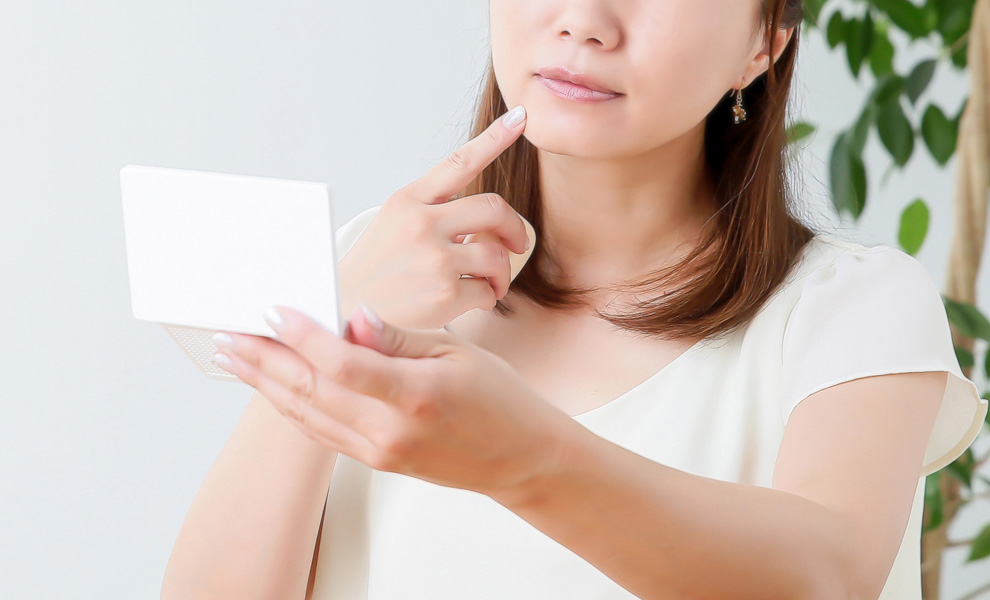
This is the process that results in the brown spots and blemishes, generally referred to as ‘age spots’, on the skin of elderly people. It is a reaction between proteins and some of the sugars present in the body. Another example of this reaction can be seen in the browning of an apple that has been cut open and left exposed to the air. In this case amino acids and sugars in the apple have combined to cause the discolouration.
Glycation reactions are involved in other areas of the body besides the skin, for example in diabetes and vascular health where they can influence mental degenerative conditions. Inhibition of the end products of glycation is therefore an important function for health generally. In the case of aging effects on the skin, the development of glycation blemishes causes the skin to become unattractive and by inhibiting this process the emotional confidence of appearance can be maintained.
In the skin the effects of glycation reactions extend beyond the creation of brown blemishes because they can also involve sugars binding to the collagen and elastin proteins in the skin. This causes wrinkling and stiffening by upsetting the balancing activity of regenerative fibroblast cells.
Antioxidant activity is important for the natural inhibition of glycation processes as is a healthy dietary and lifestyle regime. This is true even for young people but especially so after the age of 50 years. For people of middle and older age, regular consumption of a natural inhibitor of glycation in the form of a dietary supplement that is safe to take on a regular basis can be very beneficial.
A simple and safe mechanism for inhibiting glycation activity involves the regulation of apoptosis combined with antioxidant functions. Apoptosis is the medical term for programmed cell death which is a natural and essential process in the body.
In laboratory and clinical studies an extract of a Japanese cherry flower called Sakura has been shown to effectively inhibit glycation and to be safe for human use. Its functionality in inhibiting glycation is due to its natural content of plant flavonoids and glucose sugar compounds.